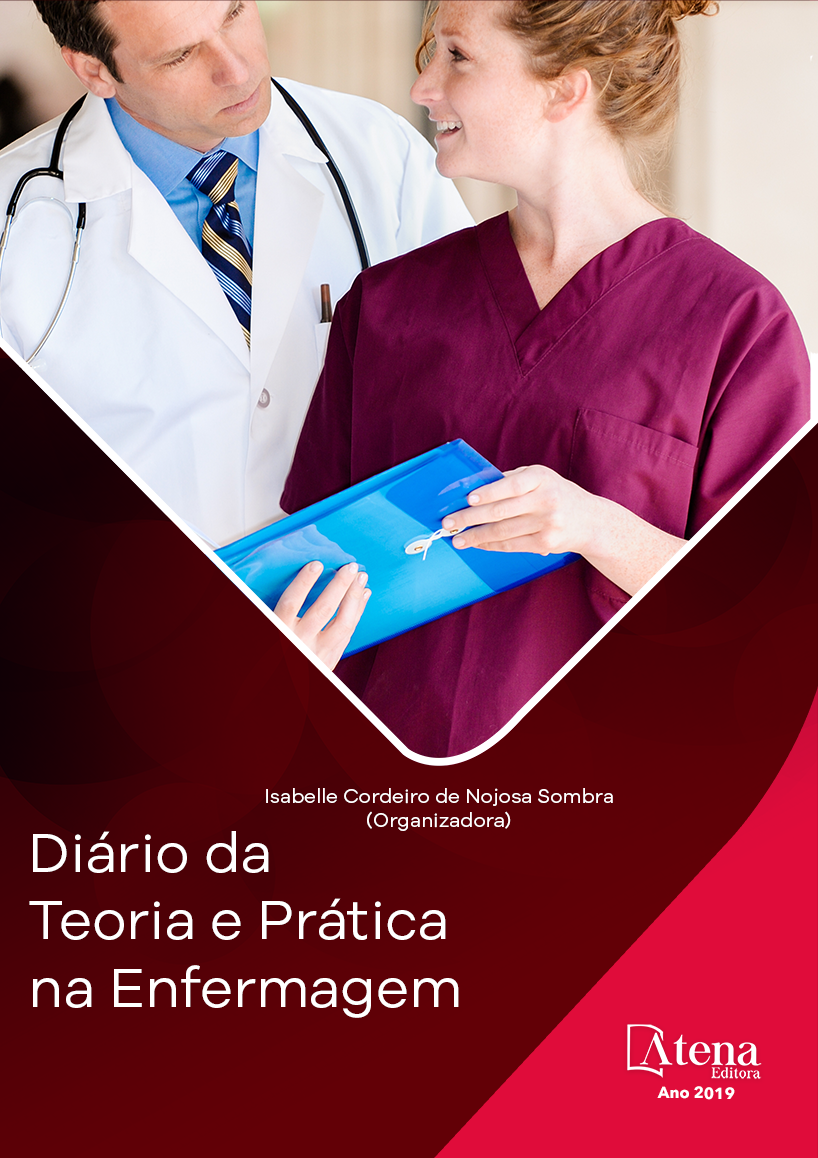
USO DO LEITE MATERNO NO TRATAMENTO DE TRAUMA MAMILAR EM PUÉRPERAS: REVISÃO INTEGRATIVA.
O trauma mamilar é definido como
uma lesão e/ou alteração do tecido mamilar
que, pode ser acarretado por várias causas, tais
como causas anatômicas mamilares, manejo
inadequado, dentre outros e que muitas vezes,
ocasionam o desmame precoce. Objetivos:
verificar a eficácia do uso do leite materno no
tratamento de trauma mamilar. Métodos: foi
realizada uma revisão integrativa nas bases de
dados Scielo, portal da capes, medline, BVS
e Google acadêmico. Foram encontradas oito
publicações que atenderam aos critérios de
inclusão e exclusão. Resultados: mostraram
dois tipos de classificação de tratamentos:
úmido e seco. No entanto, todos os artigos
demonstraram maior eficácia no tratamento
úmido e, dois destes artigos ainda se destaca a
não recomendação de tratamento seco. Dentro
do tratamento úmido, as intervenções mais
citadas foram o uso do próprio leite materno,
de óleos e cremes apropriados, sendo o leite
materno o mais utilizado nas práticas destes
estudos. Conclusão: o uso do leite se mostrou
mais eficaz quando combinado a outras técnicas,
dentre elas o uso combinado da concha com
aplicação do leite materno, ou combinação do
leite com a exposição da luz solar.
USO DO LEITE MATERNO NO TRATAMENTO DE TRAUMA MAMILAR EM PUÉRPERAS: REVISÃO INTEGRATIVA.
-
DOI: 10.22533/at.ed.4851923097
-
Palavras-chave: Aleitamento materno, mamilos, ferimentos e lesões, leite materno, tratamento.
-
Keywords: Breast Feeding, nipples, Wounds and injuries, milk human, treatment.
-
Abstract:
Nipple trauma is defined as an
injury and / or alteration of the nipple tissue
that can be caused by various causes, such
as anatomical causes of nipples, inadequate
management, among others, and often cause
early weaning. Objectives: To verify the efficacy
of breast milk in the treatment of nipple trauma.
Methods: an integrative review was carried out in
the Scielo databases, portal of capes, medline,
VHL and Google academic. Eight publications
were found that met the inclusion and exclusion
criteria. Results: showed two types of treatment
classification: wet and dry. However, all articles
demonstrated greater efficacy in moist treatment, and two of these articles still stands
out not to recommend dry treatment. In wet treatment, the most cited interventions
were the use of breast milk itself, of appropriate oils and creams, and breast milk is the
most used in the practices of these studies. Conclusion: the use of milk was shown to
be more effective when combined with other techniques, such as the combined use of
the shell with breastmilk application or the combination of milk and sunlight exposure.
-
Número de páginas: 15
- Tamires Pinto Oliveira
- Déborah Danielle Tertuliano Marinho
- Bruniele da Costa Santos


